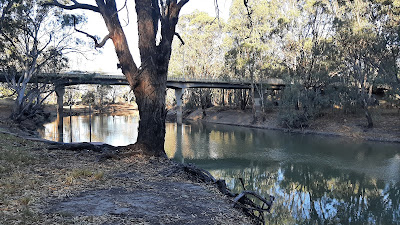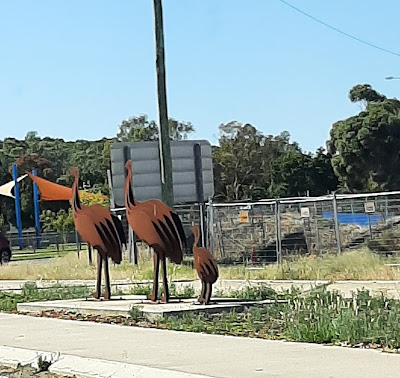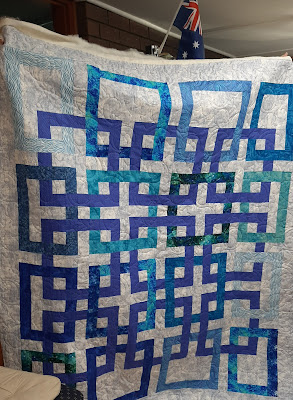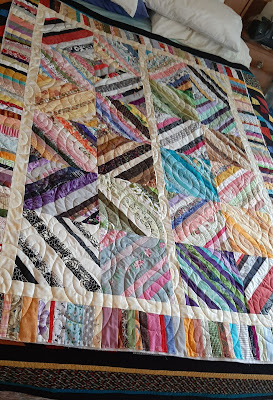Sorry for this late report of our last trip...............it must be time to post to the blog, as it's almost time to head off again......I will try to make this a brief summary...........
After the wedding, we packed the van with the last minute requirements as a lot of 'stuff' is in the van full time. It was Easter time and also school holidays, and we had nothing booked. A decision was made to head up through country Victoria, where we expected to be able to find somewhere to stay.
Our first night was in the tiny town of Yarpeet, which is only a tiny town. There was a camp site beside the local oval, and we found a spot for the night.............
It was not far from the Albercutchya painted silos.........

..................which is part of the Victorian Silo Art trail............
...and many small country towns have painted silos, and over Easter their was much traffic following the trail.......which is a benefit to these towns as the tourists visit.
Our next stop was at Lake Lascelles, where we camped without power or water, but for a donation.
This was the view from the caravan door...........it was lovely and peaceful........
Not far from Lake Lascelles is Woolmelang where there are lots of painted field bins.........
Next port of call was Sea Lake to check out some more painted silos......and once again this small town was a buzz with tourists..........
From there we drove to the river and crossed the narrow bridge at Tooleybuc. We had thought to stay at Tooleybuc, but being a river town, it was booked out and very busy.
We were now into NewSouth Wales and I'll finish this post here and continue another day.
Blessings, From Jude, and of course Bazza



















































